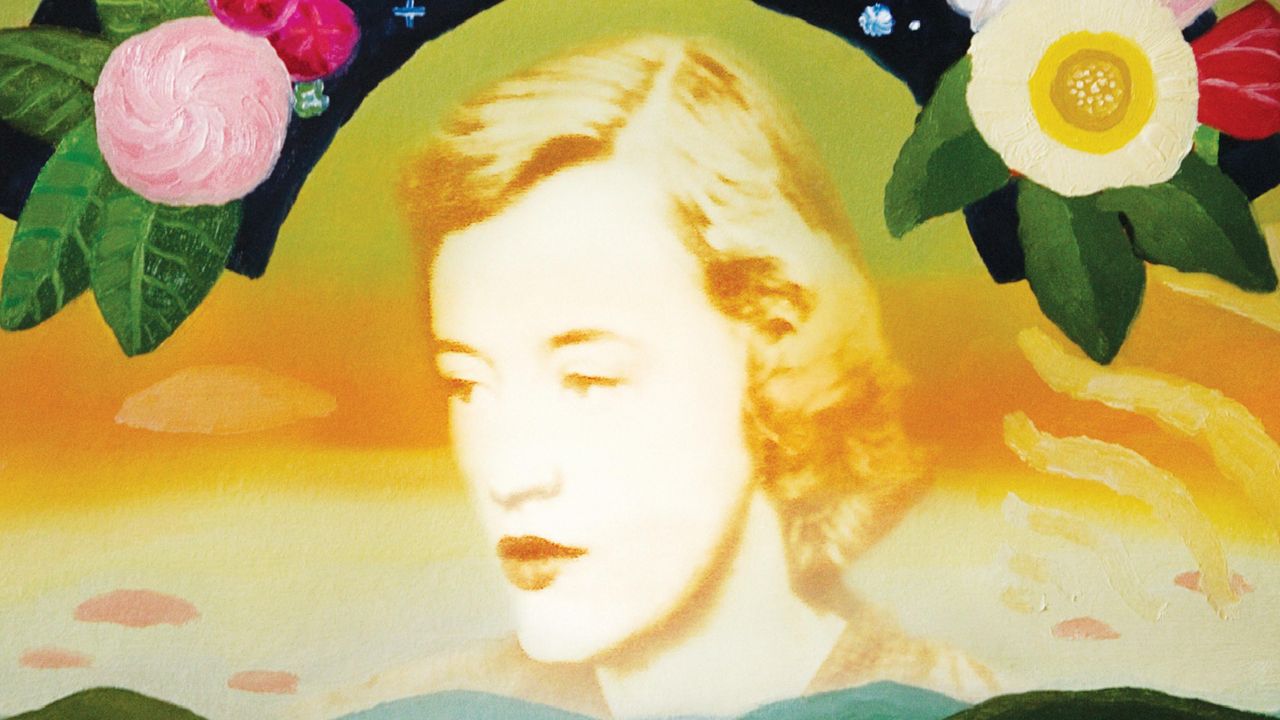They never found a body. They never found a car. She left a note. But no one ever heard from her after that. The way I imagine it goes like this: August 1974. She’s in one of her house dresses, and there’s music playing on the car radio. Ann Arbor, Michigan, where she was living at the time, disappears. It is replaced with a network of freeways, backcountry roads, and railroad tracks, first laid in the middle of the previous century. The flat upper Midwest becomes the Great Plains, the High Desert, the mountains, rivers, and streams, and eventually the Pacific coastline.
But I’m probably wrong. No one will ever know what happened to Elizabeth Eaton Converse and this is because she so very desperately did not want to be found.
And for a long time, she really did disappear without a trace. The music she wrote and performed as Connie Converse sat in a filing cabinet in Ann Arbor, while her family and friends resigned themselves to never hearing from her again. And they didn’t, they never did hear from her again. But in 2004, two NYU students heard an old bootleg recording of Converse on the public radio station, WNYC. Gene Deitch, an old friend of Converse, played the track. He had made the recording back in the ’50s at his kitchen table.
The students were spellbound by what they heard. A woman’s strange and beautiful alto, paired with just a guitar and a lot of tape hiss. One of the recordings was “One by One,” a particularly abstract and haunting song about two lovers walking together at night, close together but so very far apart. She sings about how, as lovers, they don’t walk two by two, “but it’s one by one/One by one in the dark.” The students were enraptured. In 2009, they released How Sad, How Lovely, the first-ever compilation of songs by Connie Converse.
It has been said that Converse was ahead of her time, but only just barely. She was one of the first modern singer-songwriters, arguably the first modern DIY musician (she recorded many of her songs by herself in her apartment on a Crestwood 404 reel-to-tape). She left New York City and Greenwich Village in 1961, the same month that Bob Dylan arrived. She had a small but dedicated group of fans, mostly friends. She had one moment in the spotlight: a performance for Walter Cronkite on CBS’ The Morning Show in 1954. But there is no surviving footage. Nothing came of it. Just some negatives in a scrapbook. The camera is trained on Converse’s face, and in one moment she’s looking at her guitar, and in the next her gaze is pointed almost at her feet. Like she is nervous, like there is something oppressive about the spotlight, the cameras, Cronkite, all of it.
